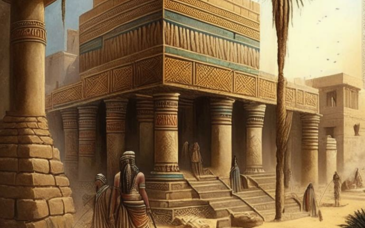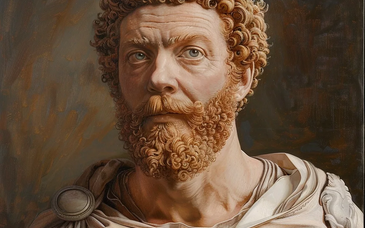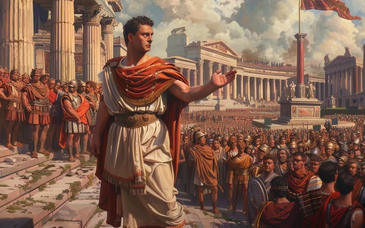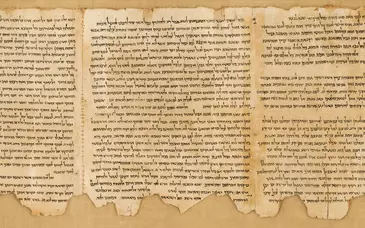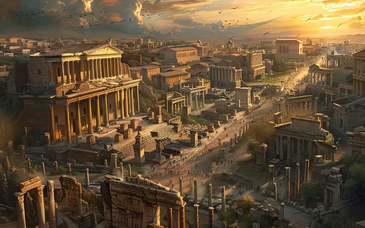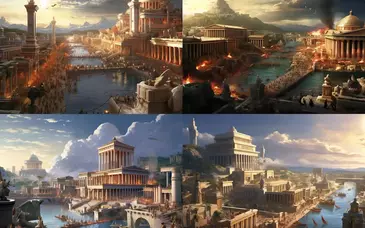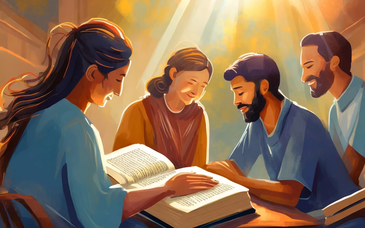Step into the heart of history as we delve into The Rome Project, a groundbreaking initiative committed to the preservation and restoration of cultural heritage in the eternal city. This ambitious endeavor aims to safeguard Rome's rich history for future generations, employing innovative methods and collaborative efforts to breathe new life into ancient landmarks.
The Mission of The Rome Project:
At its core, The Rome Project is a multifaceted initiative driven by the mission to conserve, protect, and revive the cultural treasures that define the essence of Rome. This includes not only iconic structures like the Colosseum and the Roman Forum but also lesser-known artifacts and sites that contribute to the city's layered narrative.
Innovative Preservation Techniques:
The Rome Project distinguishes itself by embracing cutting-edge technologies and preservation techniques. From 3D mapping and virtual reconstructions to advanced conservation methodologies, the initiative employs a holistic approach to ensure the integrity of historical sites. This fusion of tradition and technology breathes new vitality into ancient wonders, enabling visitors to experience Rome's past in a more immersive and authentic way.
Collaborative Partnerships:
Recognizing the magnitude of the task at hand, The Rome Project actively engages in collaborative partnerships with archaeologists, historians, preservation experts, and technology innovators. By bringing together diverse expertise, the initiative fosters a synergy that transcends individual capabilities, creating a collective force dedicated to the restoration and celebration of Rome's cultural heritage.
Community Involvement and Education:
The Rome Project extends beyond physical restoration; it is also committed to fostering a sense of ownership and pride within the local and global community. Educational programs, interactive exhibits, and community outreach initiatives aim to enlighten and inspire individuals about the importance of cultural preservation. By instilling a deep appreciation for Rome's history, The Rome Project seeks to create stewards of cultural heritage for generations to come.
Preserving Rome's Legacy for Future Generations:
As The Rome Project unfolds, it serves as a testament to the enduring value of preserving our shared human history. This initiative not only safeguards Rome's treasures but also sets a precedent for global conversations on the importance of cultural preservation. Join us on this journey into the heart of The Rome Project, where the past meets the future, and where the timeless beauty of Rome continues to captivate and inspire.
